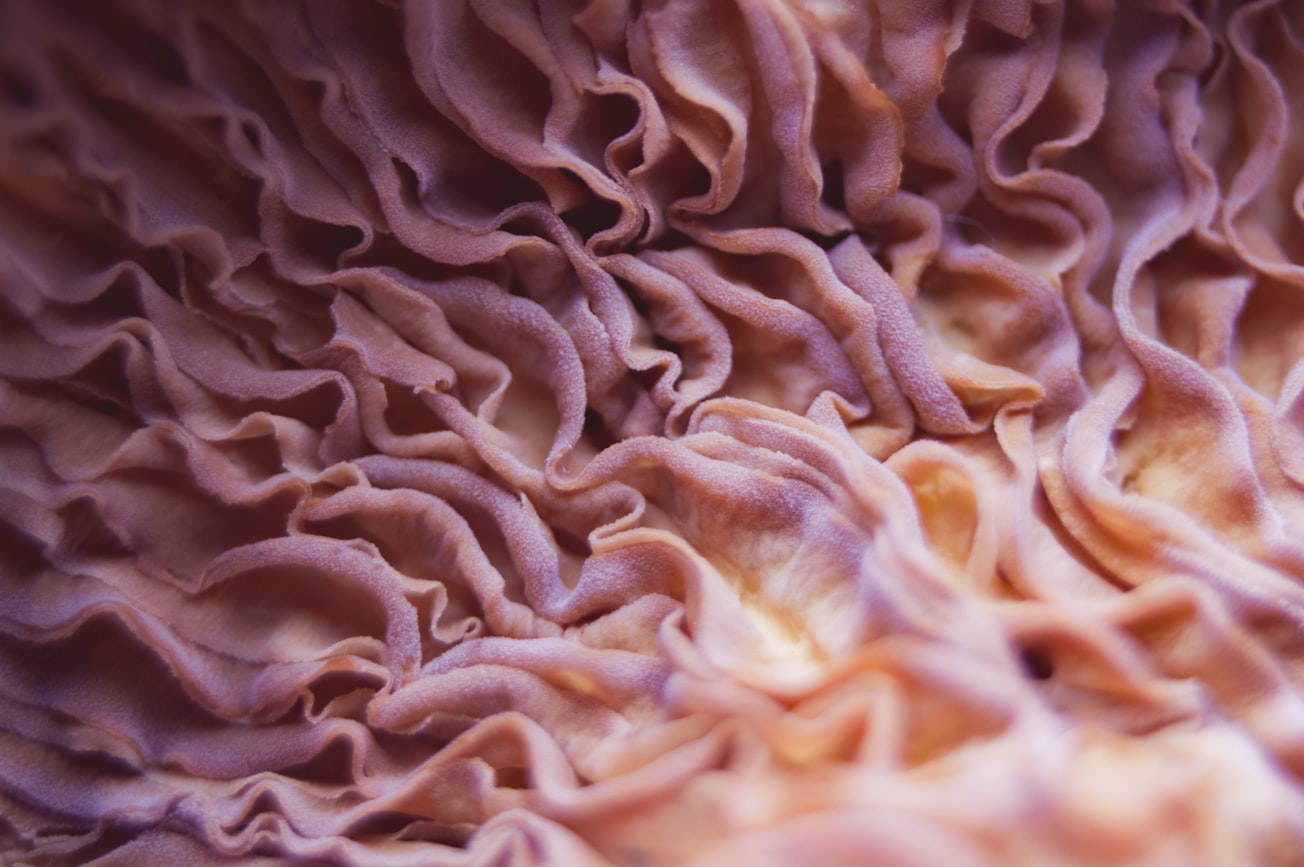What is it about?
In this article, we review previous work done in the field of trypanosome tissue tropism. Whilst trypanosomes are commonly seen as parasites of the blood, they can colonise tissues and organs. Parasite colonisation is often linked to disease progression (as is the case of the brain in sleeping sickness). Here, we bring knowledge from old literature together with recent advances in this emerging field, so that the audience can have a general understanding of the role different tissues play during infection, the mechanisms associated with parasite invasion, and how all of this compares to other parasitic disease, such as malaria, toxoplasmosis, and leishmaniasis.
Featured Image

Photo by Timothy Dykes on Unsplash
Why is it important?
Controlling parasitic diseases diseases, such as trypanosomiasis, requires a better understanding of host–parasite interactions, including a deep appreciation of parasite distribution in the host.
Read the Original
This page is a summary of: Tissue tropism in parasitic diseases, Open Biology, May 2019, Royal Society Publishing,
DOI: 10.1098/rsob.190036.
You can read the full text:
Contributors
The following have contributed to this page







